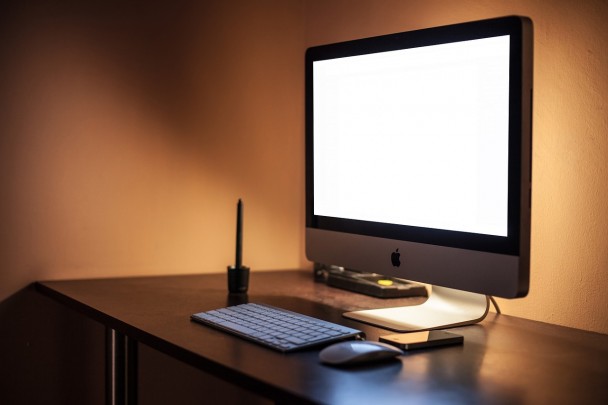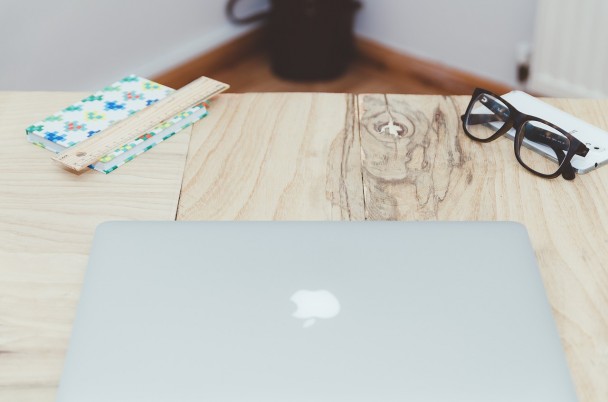If you have ability, motivation and opportunity, you will be productive. In other words, if you can do a task, if you want to do it and if you are given a chance to do it, you will be productive. The success of this formula created by organizational psychologists depends, among other factors, on the workstation design.
Thermal Comfort
The ideal temperature in the office is 21.6 degrees Celsius. According to a study investigating the effect of personal control over ambient conditions on productivity, having control over these variables increases productivity by 6%. When it comes to workstation strategies for improving thermal comfort, underfloor air distribution system and operable windows are absolutely essential.
Access to Nature and Sunlight
Active or passive contact with nature is beneficial for our well-being. To bring nature inside, consider incorporating office plants and a large number of windows. Researchers from universities in the UK, Australia and the Netherlands claim that workers are 15% more productive if office plants are present in the workplace. Employees who have access to windows are better rested, tend to exercise more and have lower blood pressure than employees who work in a windowless office.

LED Lighting as the Best Alternative to Natural Light
Migraines, eye strain and lethargy are negative health effects associated with flickering of fluorescent lights. Additionally, the all-directional light provided by fluorescent and incandescent light bulbs can lead to poor performance. “Opting for LED lights is the best solution for the workplace environment as they do not flicker, they emit light in a specific direction and they provide cool light ideal for working”, advise experts at Superlight.
Colour Therapy
Colour can impact both our mood and our productivity. Green and blue colours found in nature can improve focus and efficiency when doing a task. Yellow should also be integrated into the office workstation as it stimulates creativity. Avoid red, as it can increase both blood flow and heart rate. How we perceive colour depends on gender as well. Researchers behind a University of Texas study concluded that purple and orange induce gloomy feelings in men, while women linked white, beige and grey to depression and sadness.
The Type of Furniture and Furniture Layout
The research done by Dazkir and Read in 2011 entitled Furniture Forms and Their Influence on Our Emotional Responses toward Interior Environments showed that round or oblong pieces of furniture look more inviting, calming and comfortable than the straight-edged ones. Furthermore, furniture layout can influence our emotions. Sitting in a circle triggers a feeling of collectivism, while sitting in straight lines provokes a feeling of individuality.

Standing Desks
What do Thomas Jefferson, Ernest Hemingway, Winston Churchill and employees at Facebook and Google have in common? The answer is standing desks. Julia Gifford of the Draugiem Group presented an ergonomic experiment in a guest post for Business Insider. Apparently, standing when working resulted in 10% more productivity, higher energy levels, higher concentration, fewer headaches and it even helped people quit smoking. But that’s not the end of the story. Treadmill desks boost productivity as well.
Having control over office environment is extremely important, not only for productivity but for overall health too. Choosing an office design based on scientific facts and not on personal preferences can help your employees enjoy every single day at the office. When talking of scientific facts, did you know that a 2012 study proved that music positively affects workplace performance? Maybe it is high time you bought your employees a pair of headphones.






